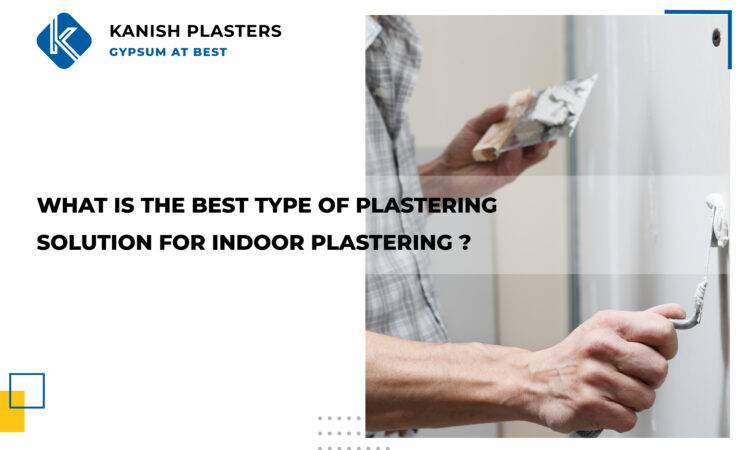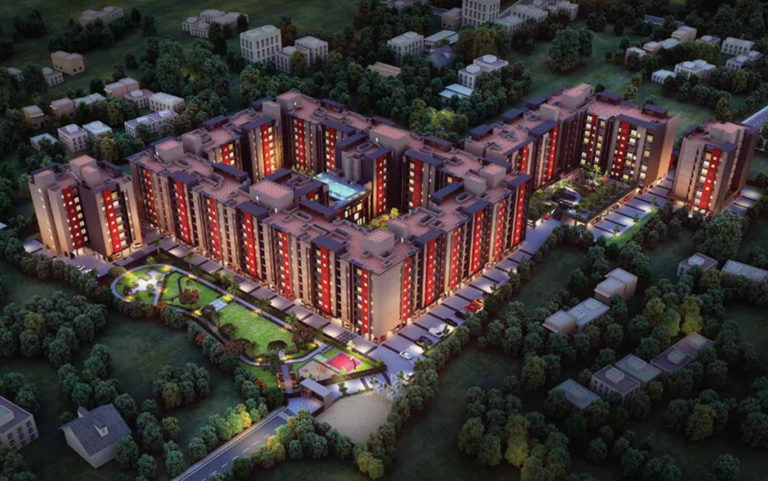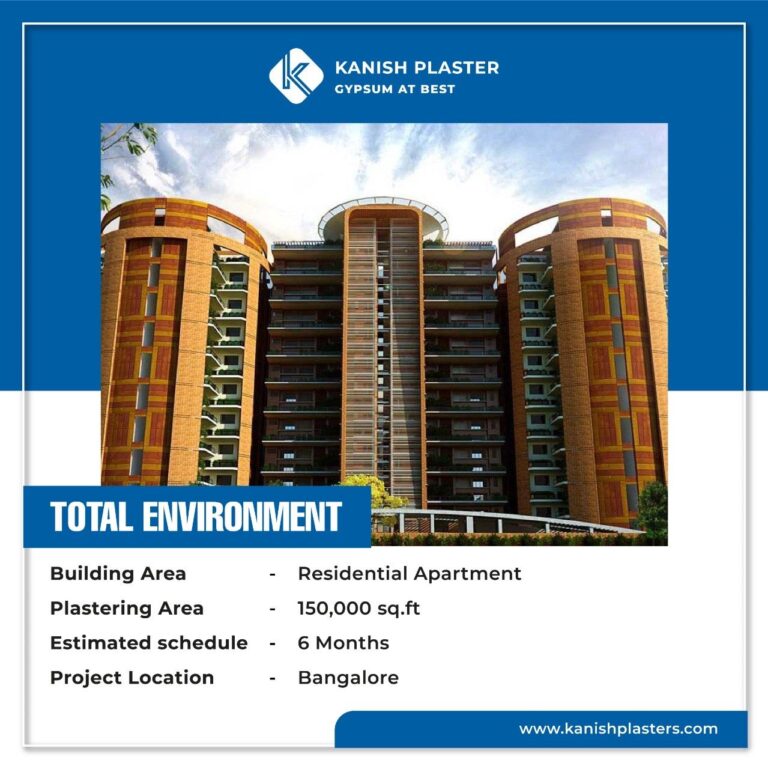While building up your interior walls, nothing is more versatile or better than plaster! A lasting material that has been trusted by many homebuilders for generations. Plastering is an ancient building technique used to cover the exposed surfaces. It offers decorative effects, protecting the surface against atmosphere agencies like Vermin, penetration of rain, and enhancing the structure’s looks.
Different type of plastering solutions
Let us have a look at the types of plastering solutions that are available in the market:
-
Gypsum plastering
Gypsum plaster is a naturally occurring mineral, made of rocks rich in calcium sulfate. When gypsum is combined with water it forms a natural layer on the wall that gives life long protection and layer to the walls. Gypsum plastering is widely used over any masonry surfaces and interior plastering in many ways, as gypsum-based construction products are considered the safest and cost effective to use.
The main characteristics of gypsum plaster are:
- Lightweight
- No need to mix it with sand
- No shrinkage cracks
- Perfect rust-preventive agent
- Environment-friendly
- Provides a smooth finish
- Direct primer and then painting can be applied.
- More malleable and pliable
- Safer for DIY projects
- Non toxic
- Cheaper and requires less wastage on material, time, and labour
- Safe from moulds, fungus, etc., as it is less vulnerable to moisture.
-
Cement plastering
Cement plaster is used for exterior and interior surfaces. It is crafted from grey powder cement assorted with water and sand to fill hollow blocks and solid backgrounds. One needs a mason’s skill to estimate the perfect amounts of ingredients needed for the mixture for mixing cement. Interior wall surfaces with cement composition continually receive gypsum as the final plaster.
The main characteristics of cement plaster are:
- Good adhesion strength
- Needs ventilation to harden
- The skill of a mason is required
- Highly resistant to abrasion
- Non-toxic and suits all kinds of paints
- Best for paint and finishing projects
- Kept away from fire hazards
- Need to be mixed well
- Can acquire shrinkage vulnerable to fungus, rust, moulds, etc.
- No longer useable after the mix is fixated
- Load in building increases
- Not environment-friendly
- Longer application process
Lime plastering
Lime plaster is a mixture that comprises sand and lime of proper volume or proportions. This mixture can be used both as a finishing coat and an undercoat. The significant drawback of lime plaster is that it shrinks after drying. Lime is known for its capability to restore historic and ancient buildings and is one of the most durable materials. It makes it the most effective material for masonry restorations.
The main characteristics of Lime plaster are:
- Flexible and soft
- May last a hundred years
- Protect stone and brick
- Creates water-tight walls
- Has better adhesive strength
- Lets paints and plaster breathe
- Improves the stability of the walls by protecting them from moisture
The best and most preferable plastering solutions
Although there are different types of plastering solutions available, as mentioned above. Gypsum plastering is considered the best and most preferable plastering solution for many reasons. Here are some reasons to explain the significance of gypsum plastering:
-
Saves Construction Time
Cement plaster needs a 21 days waiting period that lets the cement plaster settle and harden. During these 21 days, the cement plaster needs to be sprayed with water and allowed to stand. You need to wait 21 days to start any work on or above the wall.
With gypsum plastering, there is no need for you to wait for such long periods. It dries and settles in 3 days, allowing the construction work to move faster. The construction time is saved multiple times if you are constructing a multi-story building.
-
Eliminates Shrinkage Cracks
The other plasters can end up with some shrinkage cracks that show up after the surfaces dry off completely. To deliver a smooth finish to the wall, the cement plaster wall is covered with Plaster Of Paris before being paint ready. With gypsum, the chance of getting shrinkage cracks is absent, as it automatically settles to a finish with a smooth enough surface to paint on.
-
Less Impact on the Environment
Other plasters like cement plaster require sand from river beds, which is not a very eco-friendly construction way. Gypsum is found naturally deposited from sea and lake water and is also found in wide and thick beds alongside the sedimentary rocks. As it is continually deposited by the sea and lake water, gypsum has the chance of depletion. It can also be manufactured using artificial methods. It also does not harm your health in any manner.
-
Incurs Low Water Usage
Other plasters need a longer waiting period like cement plaster, which needs to be treated with huge amounts of water on the coated walls to completely wet down them. With gypsum, the need to treat it with water is absent, saving a lot of water and time for pouring water. Our country is still working on water conservation techniques placing us in a responsible position to save water. So, gypsum plaster stands as an ideal choice as it uses less water.
-
Ease of Application
Other plastering solutions like cement plastering involve many procedures from sieving sand to remove any large gravel to mixing it with water and getting desired consistency. A lot of procedure being absent with gypsum, it is also easy to clean if fell on the floor, unlike the mixture of sand and cement that is hard to remove. Gypsum is very workable and can be modified to achieve textures, designs, and shapes when used in combination with aluminium frames.
-
Lighter Construction
Gypsum plaster is lighter in weight in contrast to cement plaster, giving more strength when used in cantilever designs and false ceilings. Less weight on the frames will make them long-lasting and more robust and give higher protection in natural hazards like earthquakes. Gypsum is non-combustible as it has a lot of water in it.
Thus, gypsum plastering stands as the best and more effective plastering solution among all the available plastering solutions.
Why should you choose Kanish Plasters?
Kanish Plasters is your best choice if you are looking for a trusted gypsum plastering contractor. We are the finest gypsum wall plastering company in India. We offer convenience, confidence, cost savings, and partnership to our clients, backed by our world-class quality and customer satisfaction.
Contact us today to learn more!



